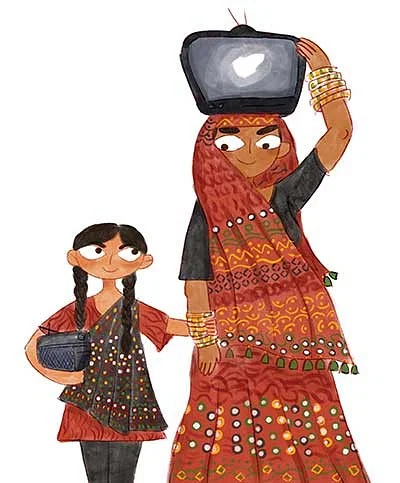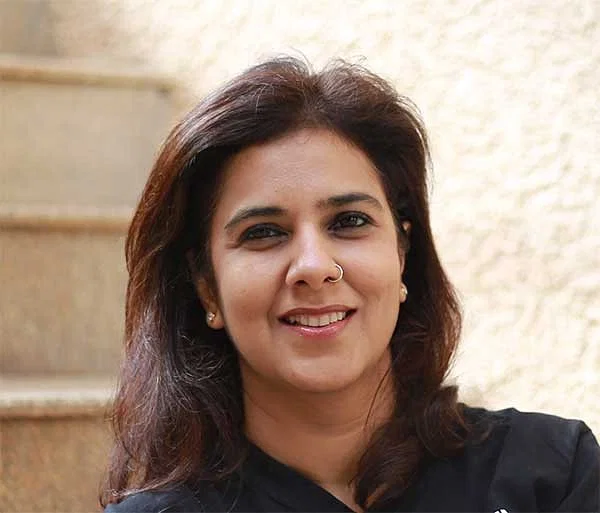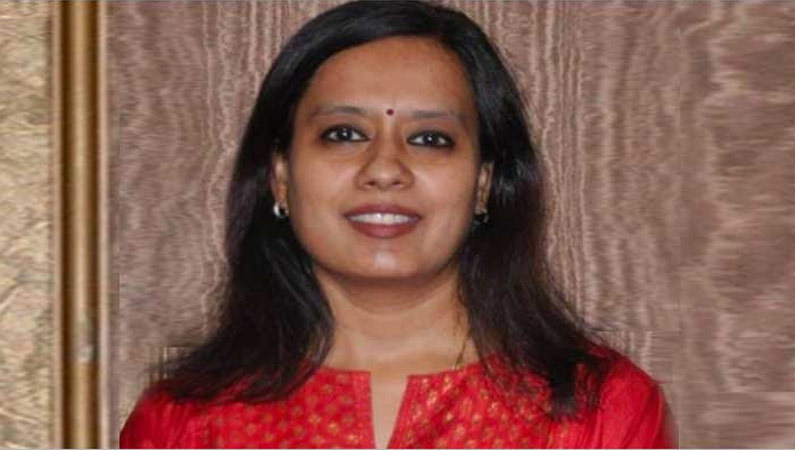The ASCI & Futurebrands teamed for the GenderNext study to get an insight on the representation of women in ads with an objective to help brands & ad agencies shape gender narratives in a positive way
The representation of women in commercials is still not up to the mark as mainstream advertising still heavily borrows from an inventory of overused, and sometimes harmful stereotypical tropes, a study has found.
Over six hundred advertisements of various categories were studied thoroughly over the past few months by the researchers of the Advertising Standards Council of India (ASCI) and Futurebrands.
The study also touches upon how advertising portrays women versus how they see themselves and want to be seen.

The ASCI and Futurebrands had teamed for the GenderNext study to get an insight on the representation of women in advertising with an objective to help brands and advertising agencies shape gender narratives in a positive way.
All categories biased
The study titled “GenderNext” covers patterns of portrayals across multiple categories, such as personal care, fashion, beauty, home and hearth, gadgets and wheels, money, and education.
While ads of “Food and Home” are often loaded with the gendering of tasks mansplaining and heaped with festivity, the ads of beauty, fashion, and personal care depict women as mute muses and seed beauty self-doubts, the study says.
In financial ads, women are shown as suffering from spender syndrome and excluded from the conversation. They also obscure the financial burdens that women bear.
In gadgets and vehicle ads, women are shown as childlike passengers who lack ‘handling’ of car/gadgets, they are paired with auspiciousness. The ads that target men such as Men’s fashion, deodorants, women appear to be deprived damsels.

According to Lipika Kumaran, the lead author of GenderNext, “Our study reveals that while there are some positive moves, mainstream advertising still heavily borrows from an inventory of overused, and sometimes harmful stereotypical tropes.”
Santosh Desai, MD, Futurebrands Consulting said, “Advertising has historically been a significant source for the propagation of gender stereotypes. While things are changing, what this study uncovers, is that gender continues to be represented in a skewed and discriminatory manner. Some obvious ways of stereotypes are less visible, but there are many other ways, both subtle and not-so-subtle, in which gender portrayals continue to be skewed.”

"The report is only the first of the many initiatives ASCI will put together in this space. This is a continuing conversation”, Manisha Kapoor, Secretary-General, ASCI said.
How do women want to be portrayed?
Women interviewed across different life stages and town classes pointed out that it is not them but others in their sphere who lag behind them, and they are the ones in need of empowerment.
They feel that advertising can be their ally in this journey.
The study found that for young unmarried women, common stereotypes used in advertising such as women joyfully undertaking the drudgery of work was not aspirational at all.
Typical women’s day ads that show women emerge victorious after significant struggle were not considered particularly empowering. Women are tired of ads showing young women being bestowed with freedoms only after putting up a fight.
Guide to advertisers
The study proposes a category agnostic framework “The SEA (Self-esteemed - Empowered – Allied) Framework” that aims to guide stakeholders in imagining as well as evaluating portrayals of women in their advertising by building empathy and aiding evaluation.
The study proposes a 3S screener for scripts/storyboards, casting, styling to identify stereotype red flags. The screener looks at aspects of a) Subordination b) Service and c) Standardisation.
Subhash Kamath, Chairman, ASCI said: “GenderNext acts as a guide for stakeholders – brand owners, marketers, advertising professionals – to aid the creation of more progressive depictions of women in advertising. The deep insights on women, and what they feel about advertising is a fantastic input into advertising creation, and we hope that brands and advertisers will be motivated by the findings to depict women in more progressive ways. We also intend to set up a task force to evaluate advertising guidelines on harmful stereotypes.”
Study
For this study, the primary research involved ad clinics with 160 respondents and 20 focus group discussions across 10 centres, in addition to tapping into Futurebrand’s proprietary study Bharat Darshan.
More than 300 people were spoken to via social media. All stakeholders such as national and regional advertisers, agencies, and creative heads. Agender domain experts, policymakers, and advocacy groups were consulted as part of the study inquiry.
The study was sponsored by Rio Pads and co-sponsors included Vivel, Eureka Forbes Ltd., Kellogg’s, Colgate-Palmolive, Diageo India, Mondelez India Foods Pvt. Ltd. and Procter & Gamble Home Products Pvt. Ltd.; while Kotak Silk and Mahindra & Mahindra Ltd were on board as Associate sponsors.










